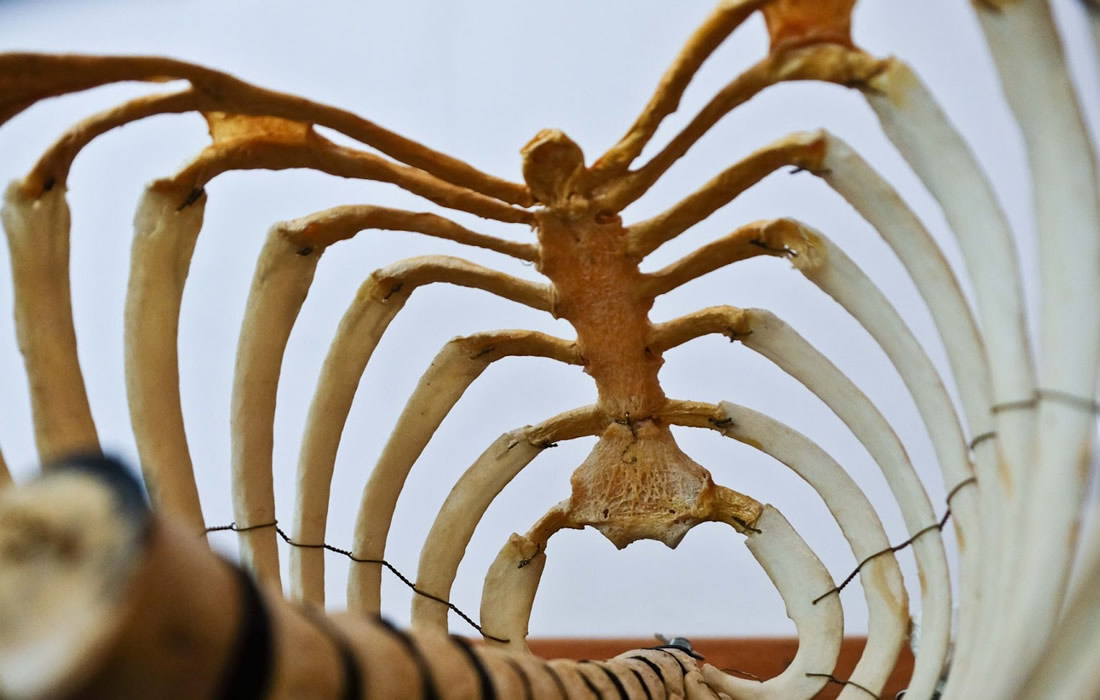Stem Cell Therapy for Specific Conditions
New Approach for Bone Regeneration
Young babies and newborn mice can naturally heal damage to the bones that form the top of the skull, but this ability is lost in adults. In a new study researchers developed a novel approach that promoted bone regeneration in mice without implantation of bone tissue or biomaterials.
The technique uses a device similar to an orthodontic wire used to realign teeth to carefully stretch the skull along its sutures, activating skeletal stem cells that reside in these wiggly seams. In adult mice, the technique repaired damage to the skull that otherwise would not have healed on its own.
“Our approach is inspired by babies because they have an amazing ability to regenerate bone defects in the calvarial bones that make up the top of the skull,” said senior author Giuseppe Intini, D.D.S., Ph.D.
“In babies, the calvarial bones are not completely fused, so the sutures where stem cells reside are still open,” said Intini. “We wondered whether the unfused sutures had something to do with the bone regenerative capacity observed in babies and hypothesized that we could reverse engineer this in adults by mechanically opening the sutures to activate the stem cell niche and boost stem cell numbers.”
In mice the researchers used a so-called bone distraction device to carefully apply a controlled pulling force to the calvarial bones, strong enough to slightly widen the sutures but not enough to cause a fracture. Using single-cell RNA sequencing and live-imaging microscopy, they found that the number of stem cells in the expanded sutures of these animals quadrupled.
As a result, mice treated with the device regenerated bone to heal a large defect in the skull.
Although the approach was effective in healing skeletally mature 2-month-old mice, the age that roughly translates to young adulthood in humans, it did not work in 10-month-old, or middle-aged, rodents.
“In older mice, the quantity of stem cells in calvarial sutures is very low, so expanding this niche is not as effective in boosting healing capacity,” Intini explained. “Overcoming this challenge is a focus of research to come.”
Sources:
Zahra A. Aldawood, Luigi Mancinelli, Xuehui Geng, Shu-Chi A. Yeh, Roberta Di Carlo, Taiana C. Leite, Jonas Gustafson, Katarzyna Wilk, Joseph Yozgatian, Sasan Garakani, Seyed Hossein Bassir, Michael L. Cunningham, Charles P. Lin, Giuseppe Intini. Expansion of the sagittal suture induces proliferation of skeletal stem cells and sustains endogenous calvarial bone regeneration. Proceedings of the National Academy of Sciences, 2023; 120 (16) DOI: 10.1073/pnas.2120826120
University of Pittsburgh. “Healing the unhealable: New approach helps bones mend themselves.” ScienceDaily. ScienceDaily, 14 April 2023. <www.sciencedaily.com/releases/2023/04/230414113455.htm>.
Images from:
Photo by Ta Z
https://unsplash.com/photos/Nk7hHi3I__0

